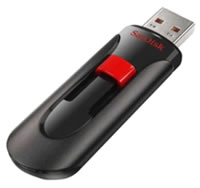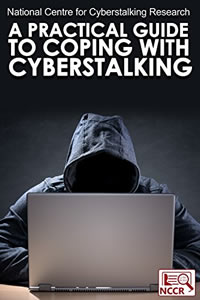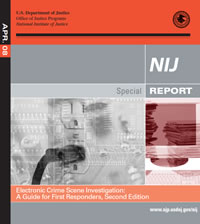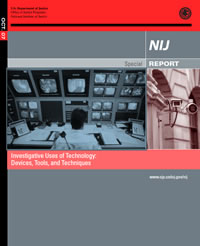
You're here: MibSAR :: M-P Sourcebook Table of Contents :: Computers
How to Preserve Your Loved One's Computers, Laptops, Tablets, Cell Phones, & Digital Storage Devices for Clues
Don't Touch Them!
| << Prior Chapter | Next Chapter >> |
 |
|
 |
|
 |
|
| Do not use or alter the missing-person's desktop, laptop, tablet, cell phone, external hard drive, thumb drive or other digital device. |
To do otherwise may jeopardize critical evidence about the missing-person's whereabouts — or the circumstances surrounding his or her disappearance — that a computer forensics analyst may be able to obtain after a detailed examination of the devices.
Simply leave them in the state they are in and ask the detective in charge of your family member's case to collect the devices and submit them to a qualified computer forensic analyst for a thorough examination.
The same goes for the missing-person's social-media and email accounts. Do not log-on to them or otherwise alter them as this may destroy critical evidence related to the missing-person's case.
 |
|
| A Practical Guide To Coping With Cyberstalking, by the National Centre for Cyberstalking Research | |
 |
|
| Electronic Crime Scene Investigation: A Guide for First Responders, Second Edition, by the National Institute of Justice (NIJ) | |
 |
|
| Investigative Uses of Technology: Devices,Tools, and Techniques, by the National Institute of Justice (NIJ) | |
Learn more about preserving digital evidence by reading "How you can preserve digital evidence and why it is important?," by Haider M. al-Khateeb and Phil Cobley, pp. 50-62, A Practical Guide To Coping With Cyberstalking, by the National Centre for Cyberstalking Research, UK: Andrews UK Limited, 2015, 154 pages.
Although very dated in many respects, this is another good digital evidence resource: Electronic Crime Scene Investigation: A Guide for First Responders, Second Edition, by the National Institute of Justice (NIJ), Office of Justice Programs (OJP), U.S. Department of Justice (DOJ), NCJ 219941, 2008, 74 pages.
Published in 2007 by the National Institute of Justice (NIJ), Office of Justice Programs (OJP), U.S. Department of Justice (DOJ), the 169-page Investigative Uses of Technology: Devices,Tools, and Techniques (NCJ 213030) is an exhaustive examination of a wide range of digital evidence.
| << Prior Chapter | Next Chapter >> |
People who say it cannot be done,
should not interrupt those who are doing it.
— Author unknown

If you've been able to read this
Web page...
thank a Teacher;
If you've been able to read this
Web page in English...
thank a Veteran.
— Author unknown
Copyright © 1984-
November 15, 2023
by Michael A. Neiger
Contact Michael Neiger via e-mail at mneiger@hotmail.com
Top
You're here: MibSAR :: M-P Sourcebook Table of Contents :: Computers